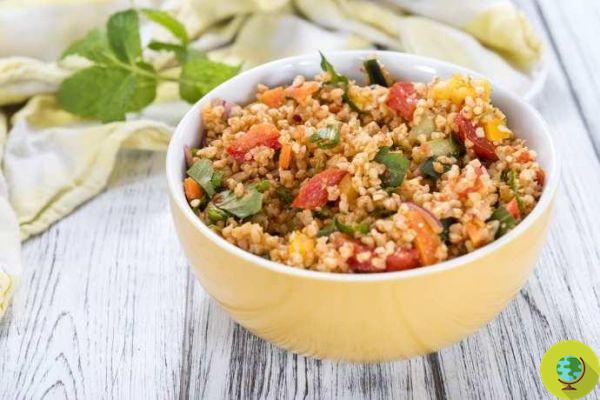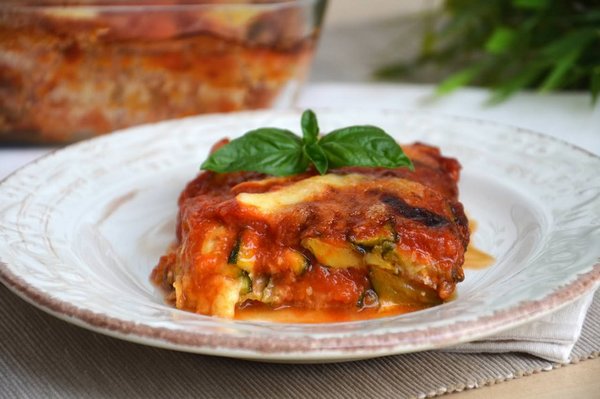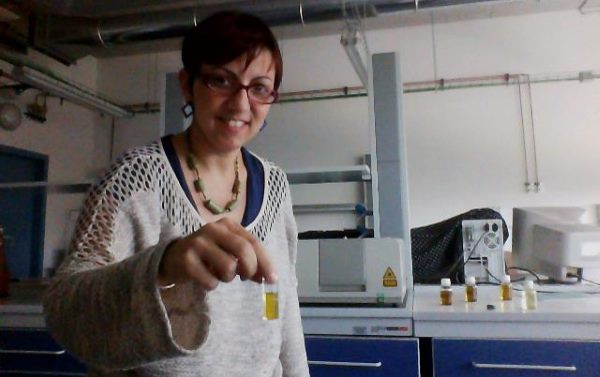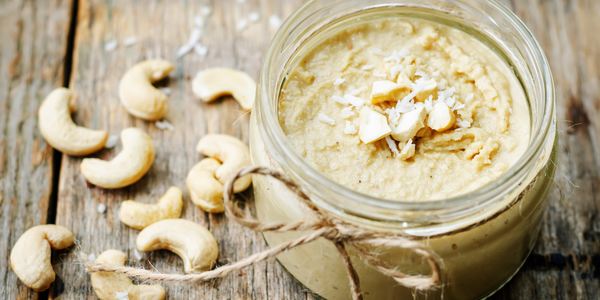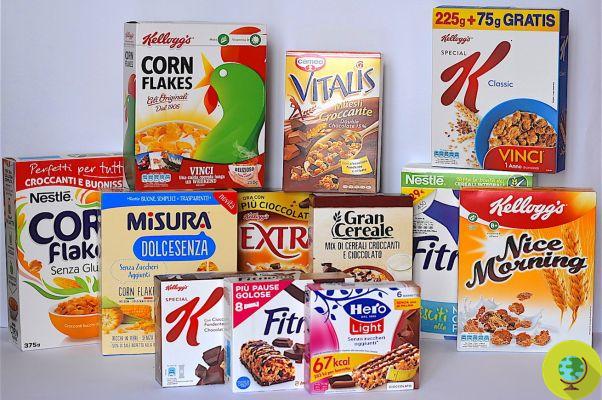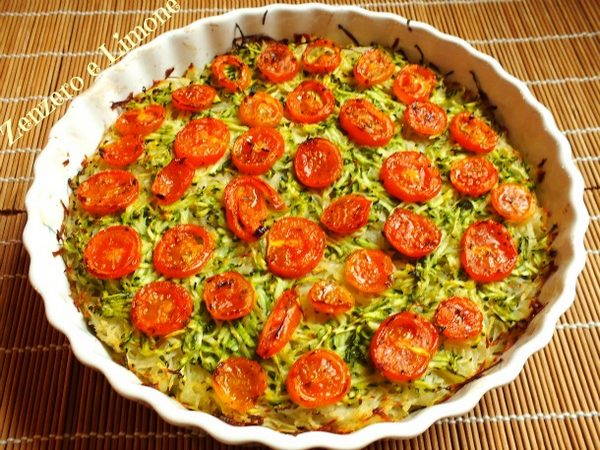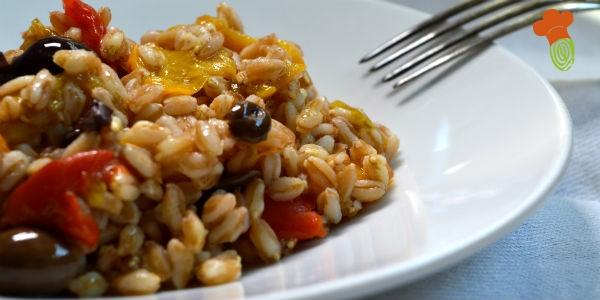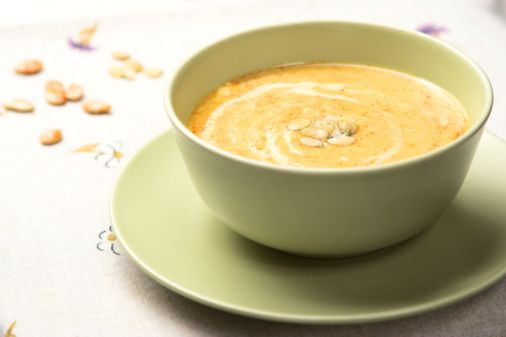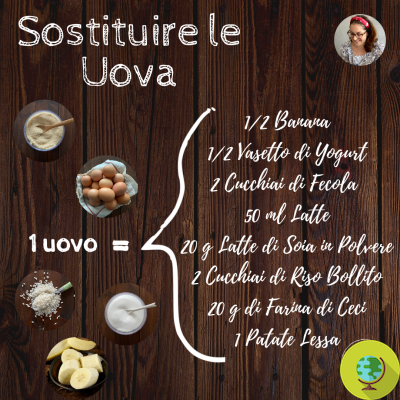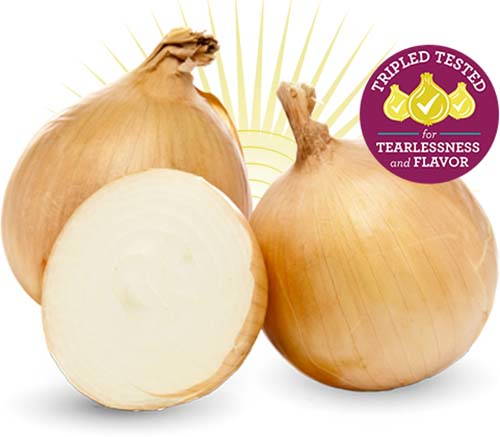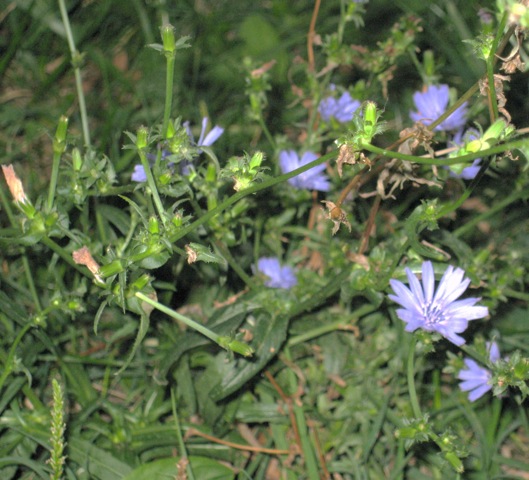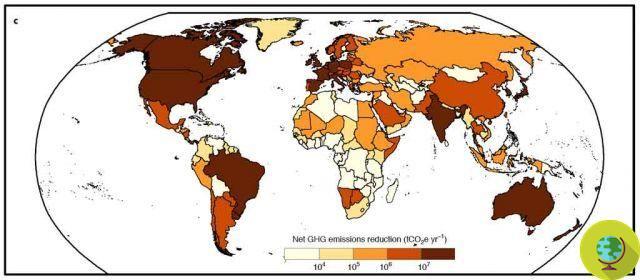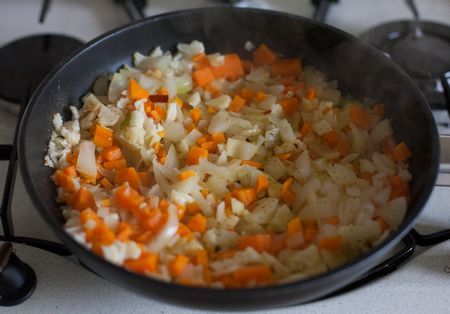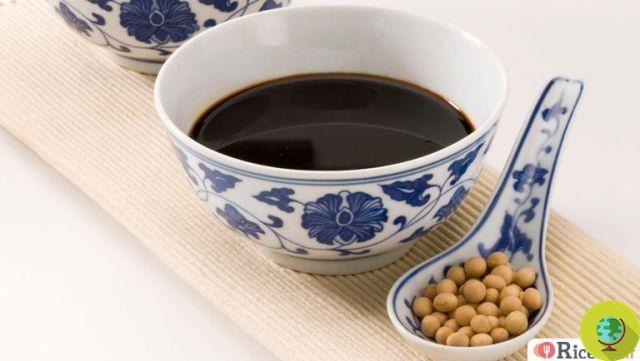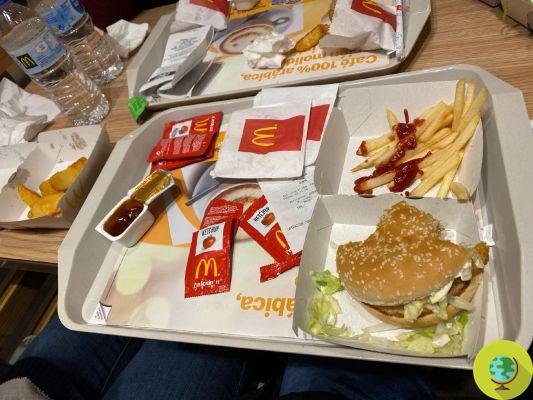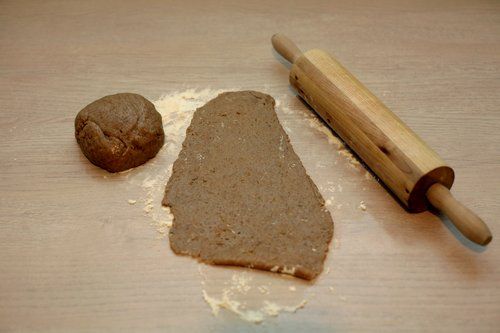We are used to complaints of hens in battery packs, of pigs locked up in tiny cages, of ducks gorged to gain as much weight as possible, of cows squeezed down to the last centiliter of milk, but less often we know what lies behind the industry. intensive fish farming.
We are used to complaints of hens in battery packs, of pigs locked up in tiny cages, of ducks gorged to gain as much weight as possible, of cows squeezed down to the last centiliter of milk, but less often we know what lies behind the industry. intensive farming of the fish.
In the last ten years, animal rights and environmental associations have waged real battles for defense of animals that more and more often, in intensive farms, suffer torture of all kinds. Abused, beaten, they live among the feces and sometimes, even among the corpses of those who did not make it.
There have been many steps forward and the number of people who chose a sustainable, vegetarian, vegan or very low intake of animal protein diets has grown considerably. After the investigations, the promises of the farmers have also arrived, but the road is still uphill.
If the situation of chickens, sheep and cattle is there for all to see, the same cannot be said of fish and seafood, the fact remains that they receive the same treatment. Think, for example, of salmon who are deprived of their instinct to reproduce by going up rivers and are forced to live in enclosures fed with chemical dyes to give them an orange-pink appearance.
Or even ai shrimp. Perhaps not everyone knows that the ones we find in the freezer counter of supermarkets come from intensive farms that involve pollution, destruction of ecosystems, coastal deforestation and more soil erosion.
In particular, entire mangrove forests are being destroyed in countries such as Vietnam, Thailand, the Philippines, Bangladesh, Ecuador and Brazil to build aquaculture areas. In general, in the European Union 20% of fish production comes from farms: in the lead there are salmon, then molluscs and again freshwater fish.
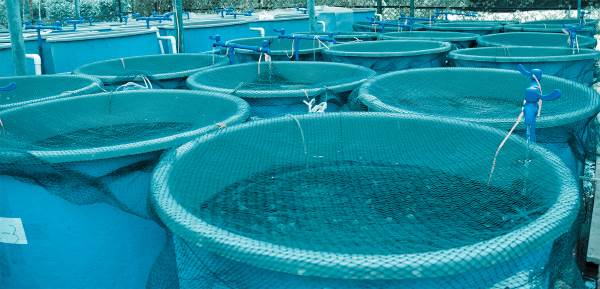 Gallery
Gallery
Mussels, clams, but also sea bass, sea bream, white breams, trout are not immune. A very long list to which the same treatment is reserved. According to Mercy For Animals, a US animal welfare group, we need to change our perception of fish.
It is no coincidence that there are many who do not eat meat, but fish do. Do consumers care? 'So-so', they reply from the association.
“However, we must know that like the animals that live on Earth, fish are also bred in captivity, often in dirty water where disease and mortality proliferate. Not to mention the cruel methods of slaughter: from throwing them into boiling water while they are still alive or cutting off their heads just out of the water or even death by suffocation, ”they explain from Mercy For Animals.
On the same topic, read here:
- 50% of the fish we eat is farmed
- SALMON: 10 GOOD REASONS NOT TO EAT IT
- SALMON: EVERYTHING THEY DON'T WANT YOU TO KNOW
For this reason, the association in the United States has launched a campaign to raise consumer awareness about their food choices. Knowing where the fish we bring to the table comes from is as important as a slice of meat, milk and eggs.
Dominella Trunfio
Photo: Reuters






